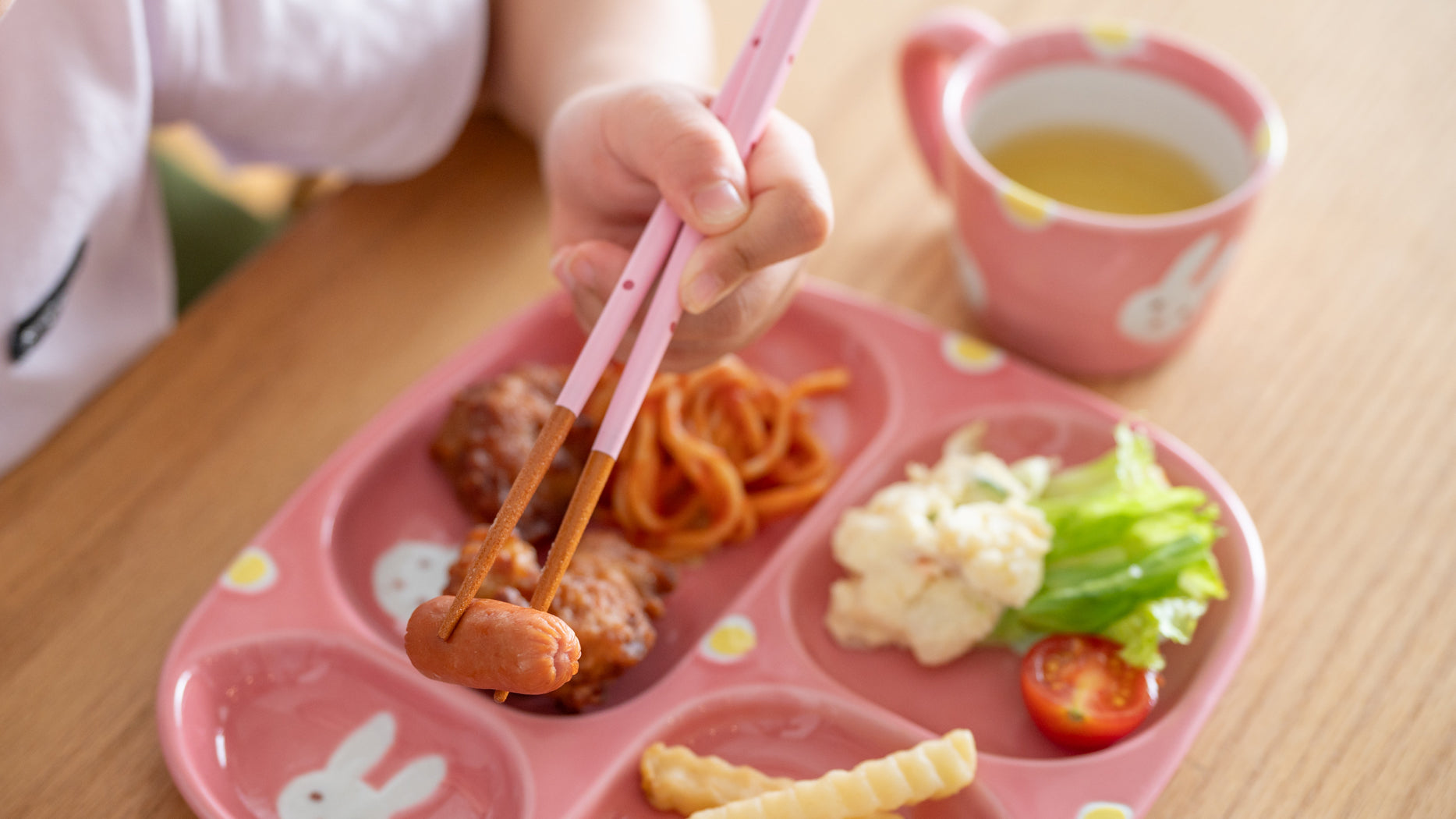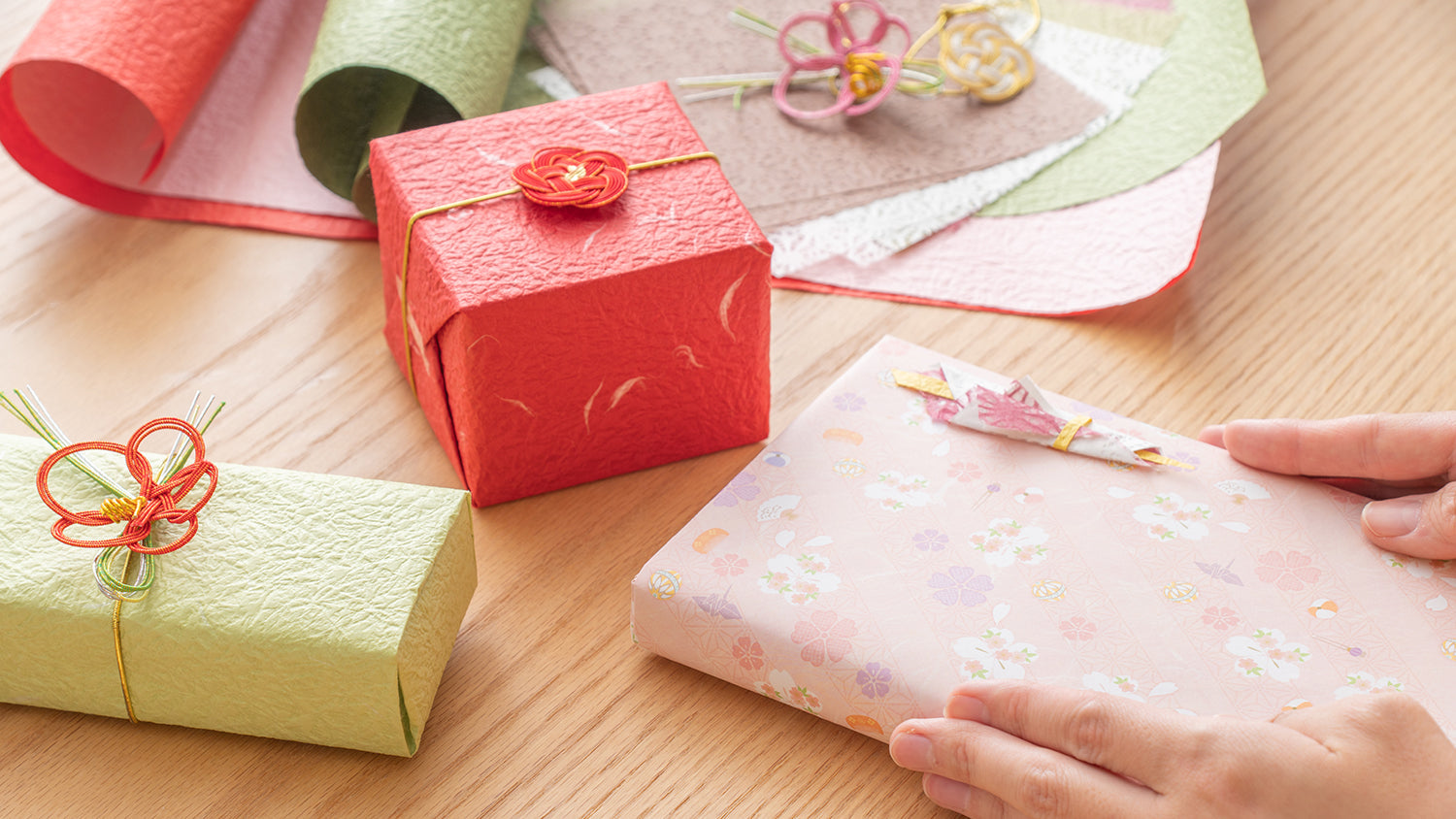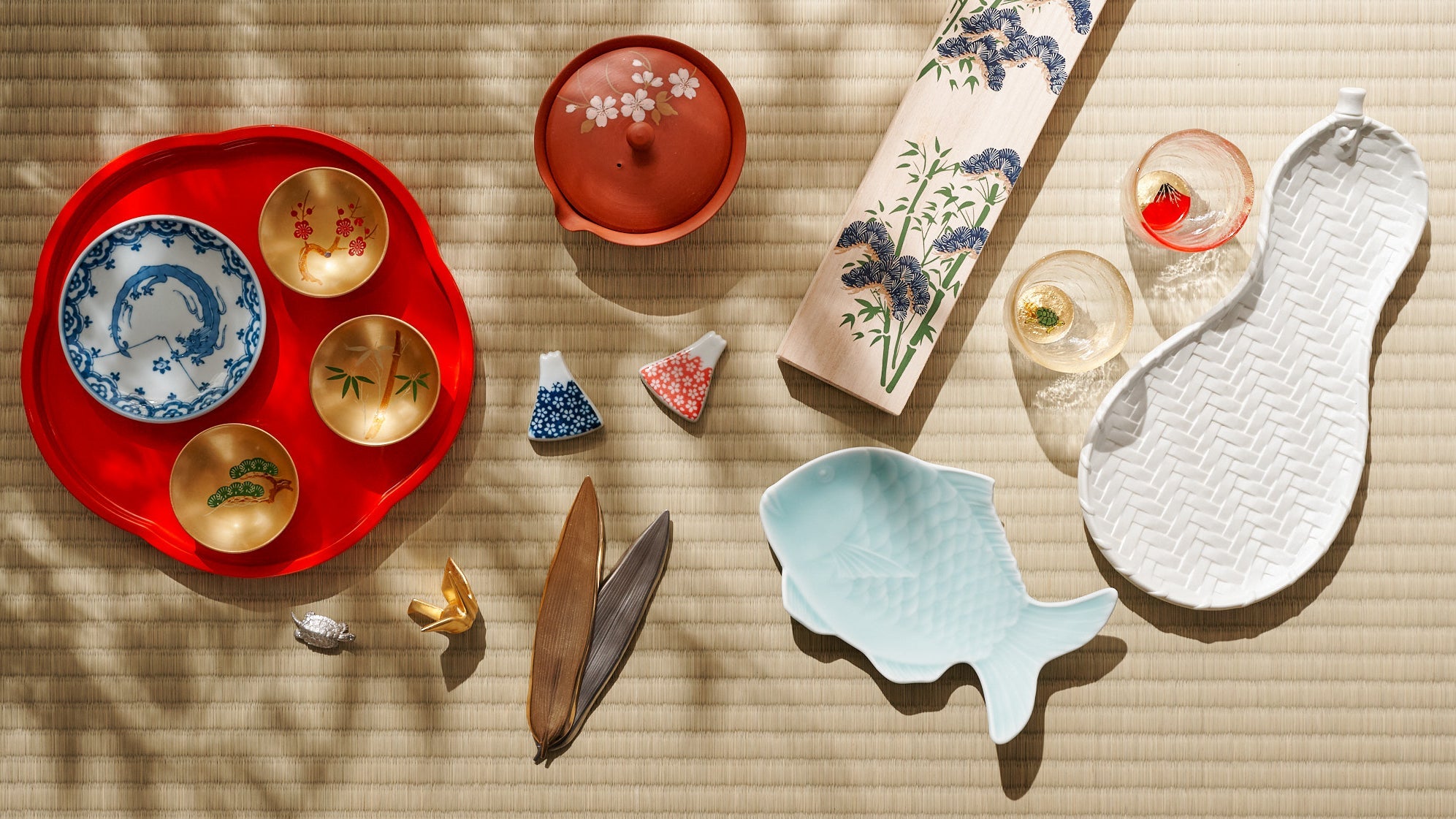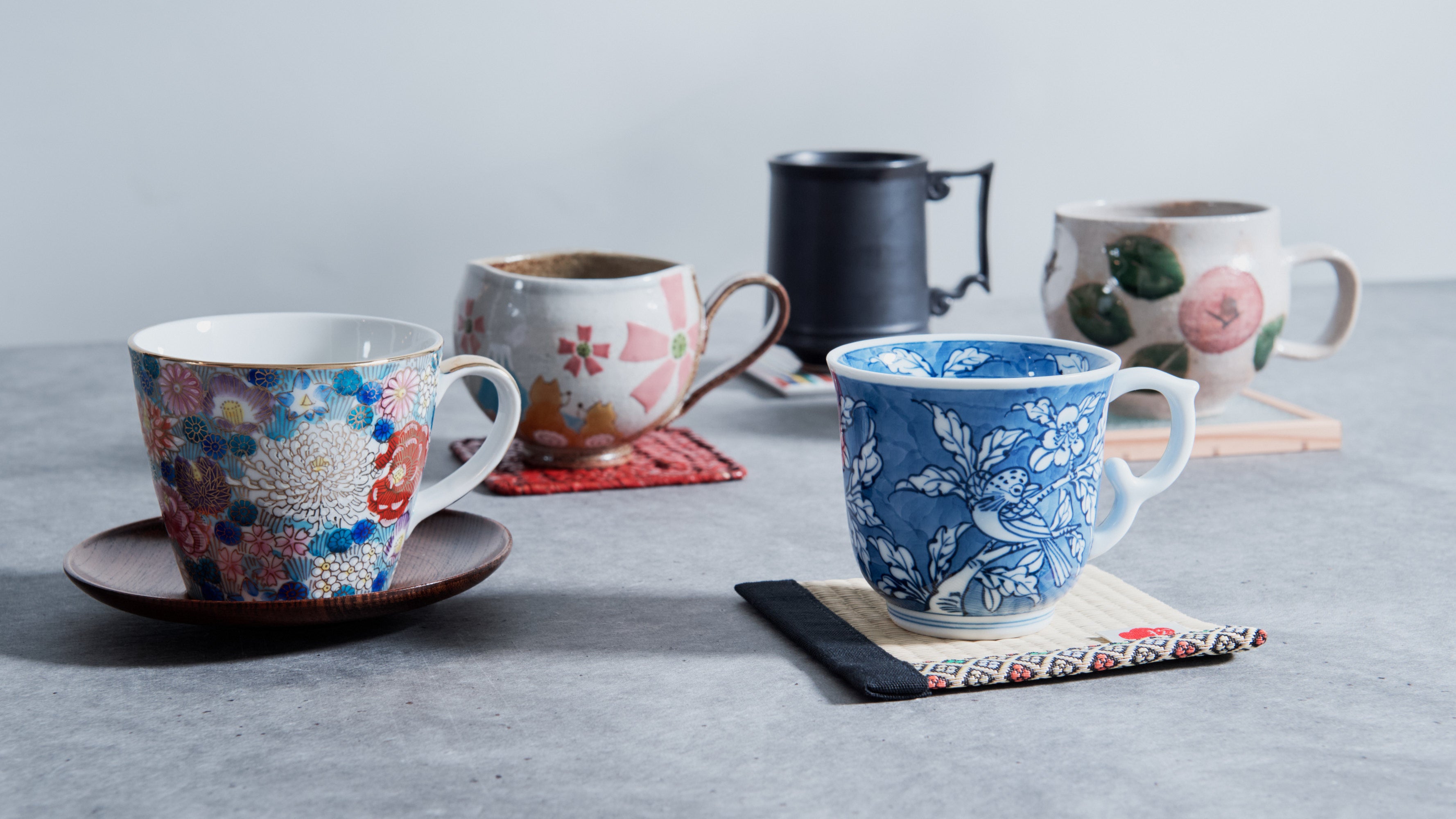
Japanese Fall Shokuiku Guide
Von Team MUSUBI
Have you ever thought about every bite you eat each day?
In Japan, the word shokuiku, which literally means “food education,” is deeply rooted in cultural traditions. It is more than just knowledge about food and nutrition; it’s the ability and habit to make good choices and put them into practice: knowing where ingredients come from and what’s in season, reading nutrition labels, pairing foods well, and keeping regular mealtimes. According to Dr. Hattori Yukio, who promoted shokuiku to the national level, it’s a blueprint for conscious eating.
Shokuiku isn’t a short course. It’s a lifelong journey that takes root in early childhood at the family table and through school meals. In Japan, there is a long-held belief that eating well is closely tied to living well—a perspective reflected in public health campaigns and everyday attitudes toward food. In a country renowned for its longevity and a cuisine celebrated worldwide, the act of seeing, understanding, choosing wisely, and sharing the table is treated as an everyday literacy.

Shokuiku is not just a concept; it’s a practical and mindful way to stay close to food and health in our daily lives. If you’re curious, start with your next meal, and explore it with us.
Table of contents
What Is Shokuiku?
Shokuiku is defined as “the acquisition of knowledge about food and nutrition, as well as the ability to make healthy dietary choices, in order to develop the capacity to practice a healthy diet.”
At its heart, it is the Japanese approach to food education, designed to guide people toward healthy, balanced eating habits. Established as a national initiative in 2005, the Basic Law on Shokuiku emphasizes not only nutrition but also cultural conventions, seasonal awareness, and the social connections that come from eating together.
Unlike a strict diet or weight-loss plan, shokuiku is woven into everyday life. From school lunches designed to include seasonal produce, to family meals where children learn portion control and table manners, it’s about developing lifelong habits that support both body and mind.
In other words, the typical Japanese diet—known for its emphasis on variety, vegetables, and balance—is not just tradition; it’s a conscious practice of food education.
Why Is Japan So Healthy?
When people ask, “Why is Japan so healthy?” the answer often points to lifestyle and the Japanese diet. But shokuiku adds another layer: it cultivates awareness of food and eating habits.
Some key habits include:
Eating seasonally: Autumn is considered the season of appetite in Japan (shokuyoku no aki), when fish like sanma (Pacific saury) and katsuo (bonito) are at their peak, alongside produce such as chestnuts, persimmons, and sweet potatoes. These foods naturally enrich the Japanese fall table.
Balanced portions: A typical Japanese meal follows the principle of ichiju-sansai (one soup, three sides), offering variety without excess.
Mindful eating: From thanking the producers and people involved in preparing your meal with the greeting itadakimasu to properly holding the chopsticks that deliver food to you, shokuiku teaches respect for food as more than fuel.
These values help explain why healthy Japanese food isn’t just about ingredients, but also about attitudes toward eating.
Shokuiku in Everyday Life
Shokuiku starts early. Japanese schools provide hot lunches daily, planned and prepared by certified nutritionists that reflect a balanced Japanese meal: rice, a protein of fish or meat, vegetables, and miso soup. They also learn about nutrition, dining etiquette, and the traditional Japanese diet as part of the school curriculum.
Students not only eat together in the classroom but also serve one another, reinforcing community and shared responsibility.

At home, parents introduce children to seasonal ingredients, such as simmered kabocha squash or grilled salmon. Reading nutrition labels, cooking together, and visiting farmers’ markets are common ways families practice shokuiku. In some schools and communities, children also get to experience rice planting and harvesting as part of food education.
Public health campaigns also support this practice, reminding everyone to practice basic food safety, limit processed foods, exercise regularly, and enjoy a variety of dishes.
A Fall Shokuiku Guide: Seasonal Foods to Explore
Autumn in Japan is rich with flavors that perfectly illustrate shokuiku’s principles. Try incorporating these seasonal ingredients into your own table:
Satsumaimo (Sweet Potatoes):
Nutritious, starchy, and perfect for roasting, soups, or desserts.

Kabocha (Japanese Pumpkin):
Naturally sweet, excellent in simmered dishes or creamy gratins.

Kinoko (Mushrooms):
Shiitake, maitake(hen-of-the-wood), and enoki bring umami and texture while being low in calories and high in dietary fiber.

Kaki (Persimmons):
A classic Japanese fruit with mellow sweetness, eaten fresh or dried.

Kuri (Chestnuts):
Steamed with rice, tempura, and in traditional desserts like kurikinton and kurimushi-yokan.

Sanma (Pacific Saury):
Grilled with salt, many people in Japan associate this fatty fish with fall, as the first catch of the season makes headlines.

Shokuiku as a Gift of Health
As we enter the colder months, shokuiku also offers inspiration for thoughtful gifts. A set of Japanese tableware, such as rice bowls, chopsticks, plates, and lacquer trays, paired with seasonal ingredients, can encourage loved ones to embrace healthy Japanese eating habits at home.
For families with children, mealtime can also become a moment of joy and discovery. A playful dinnerware set in soft blue and blush pink, featuring bears and bunnies, instantly captures the attention of little ones. The set—complete with a sectioned plate, rice bowl, mug, and chopsticks—makes it easy to serve a variety of nutritious dishes while keeping flavors and textures distinct. Charming yet practical, it turns the table into a place where children look forward to eating, helping them build healthy habits through positive, everyday experiences.
If you’re looking beyond ceramic and plastic for your child’s tableware, consider the children’s bowl and spoon from Yamanaka Lacquerware. Handcrafted from natural wood by Japanese artisans, with a warm finish that feels welcoming. Playful motifs spark curiosity without overwhelming the eye, and the gentle shapes are easy for small hands to hold. Wood’s pleasant tactility encourages a steady grip, making everyday use both safe and practical.
Consider wrapping items in a furoshiki cloth for both beauty and sustainability. In this way, the spirit of shokuiku—mindfulness, balance, and gratitude—can be shared beyond the dining table.
A Life Lesson Served at the Table
Shokuiku is not about restrictive eating or trendy diets. It is a whole-life approach to living well by eating well that can begin as early as a baby’s first meal and continue throughout one's life. Focusing on seasonal cuisine, balanced meals, and shared tables helps people connect to health, culture, and one another, ultimately advancing environmental health.
This autumn, try slowing down from the daily tumbles of life and bringing shokuiku into your life. Choose one healthy Japanese dish, notice its flavors, texture, and colors, and share it with a loved one. After all, food education isn’t just about what’s on the plate; it’s about how we live with it.













Hinterlasse einen Kommentar
Diese Website ist durch hCaptcha geschützt und es gelten die allgemeinen Geschäftsbedingungen und Datenschutzbestimmungen von hCaptcha.